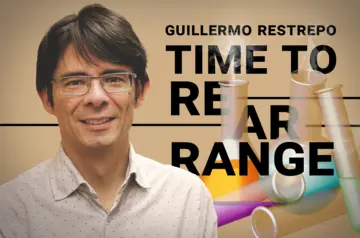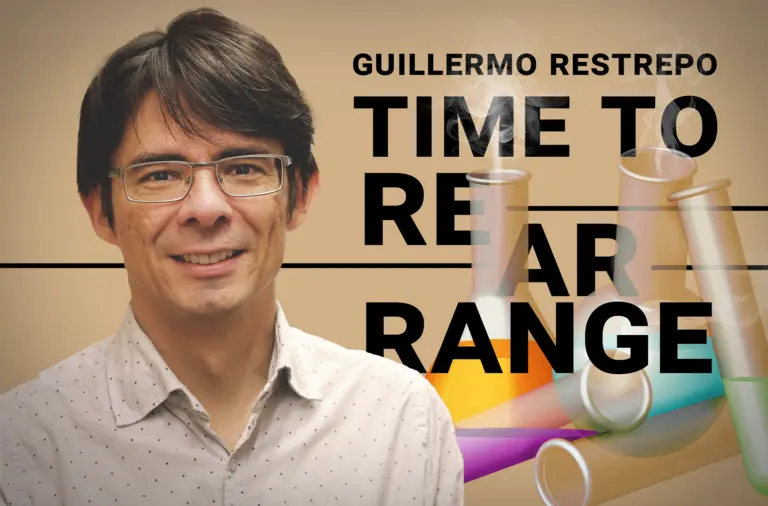
Time to rearrange
Published April 25, 2022
In the latest issue of “Spektrum der Wissenschaft”, Guillermo Restrepo gives an excellent overview on the evolution of the periodic system, its mathematics and different representations. His research solves the long-lasting question on the mathematical structure of the system and generalizes the periodic system as an abstract object of applicability in other sciences.
Following a data-driven approach, Restrepo shows the evolving nature of the periodic system, which results from the rapid report of new chemicals expanding the chemical space. This evolution becomes a powerful tool for analyzing the history of the periodic system and to pose crucial questions for its present and future.
In his article, as well as in his research, Guillermo Restrepo and his colleagues found that the mathematical structure of the periodic system corresponds to an ordered hypergraph, where the order of the chemical elements is intertwined with their similarities. This entangled structure of order and similarity is the abstract structure of the periodic system, which allows for replacing chemical elements for any other objects, order them and classify them to obtain periodic systems in other areas. Hence, for instance, if chemical elements are replaced by countries and these latter are ordered by social indicators and classified by cultural similarity, a periodic system of countries is obtained, whose predictive potentialities are to be explored.
The evolving nature of the periodic system of chemical elements was recently proven by Restrepo and his colleagues when they conducted a data-driven analysis of all substances reported between 1800 and 1869. By ordering chemical elements by the different 19th-century atomic weights and by classifying elements according to the chemical resemblance of their, at that time, known compounds, they found that the periodic system formulated in the 1860s was already provided by the substances constituting the chemical space of the 1840s. This challenges the historical account that the 1860s were the ripe moment to formulate the system and opens questions on the reasons causing a delay of about 25 years separating a mature chemical space and the formulation of the system.
Computational data analysis shows that key developments towards the periodic system occurred in the 1840s Computational data analysis shows that key developments towards the periodic system…
In their paper “Computational data analysis shows that key developments towards the periodic system occurred in the 1840s” Guillermo Restrepo, Wilmer Leal, Peter F. Stadler, Jürgen Jost and colleagues look back to the very beginnings of the periodic system.
Evolution of the periodic system Evolution of the periodic system
How well did the periodic system match chemical data at the time of its formulation? Interactive observation of the evolution of the periodic system as new elements and compounds were discovered across the nineteenth century.
Exploring the Vast History of Chemical Space Exploring the Vast History of Chemical Space
The Scipod episode “Exploring the Vast History of Chemical Space” describes how Guillermo Restrepo and his team are analyzing trends in the history of chemistry, to gain an understanding of how the field became what it is today.
Scientific Contact
Editorial Contact
Discover More
-
www.spektrum.de
Read the article “Zeit für eine neue Ordnung?” in the science journal “Spektrum der Wissenschaft” 05/2002 (in German)
-
www.guillermorestrepo.com
See Guillermo Restrepo’s homepage with detailed information on his research field
-
www.mpg.de
Press release “The hidden structure of the periodic system” by the Max Planck Society
Related Content

Journey to the Final Structure: New Paper Reveals Six Stages of Periodic Table Development Journey to the Final Structure: New Paper Reveals Six Stages of Periodic Table…


